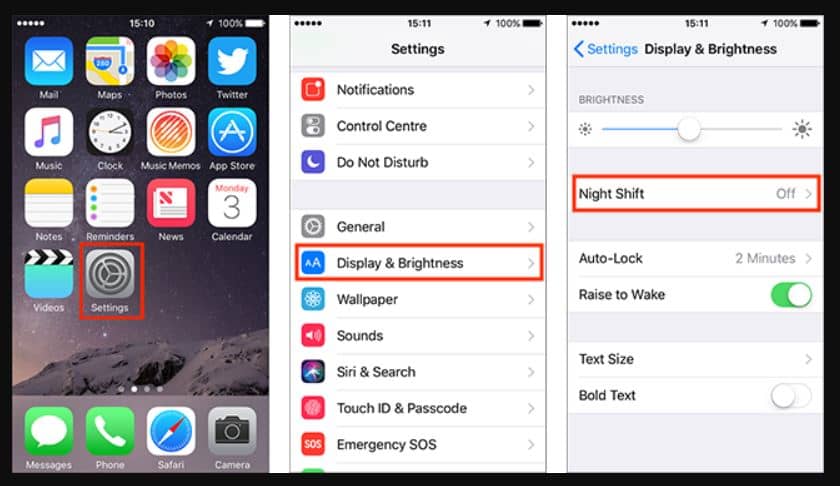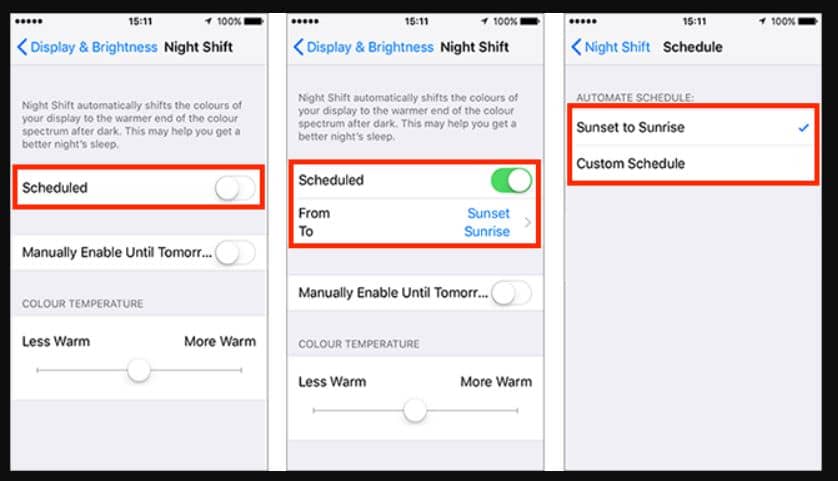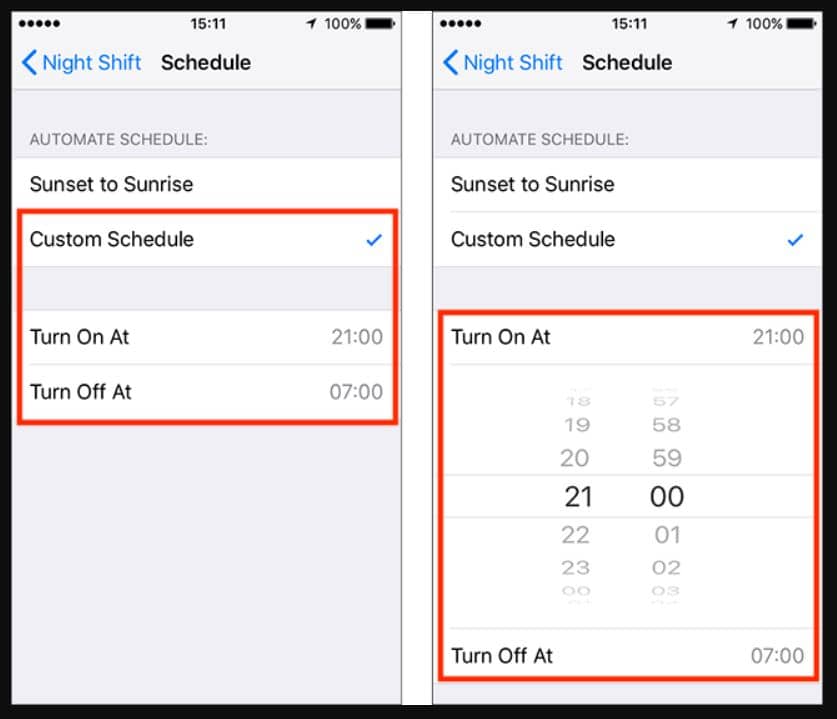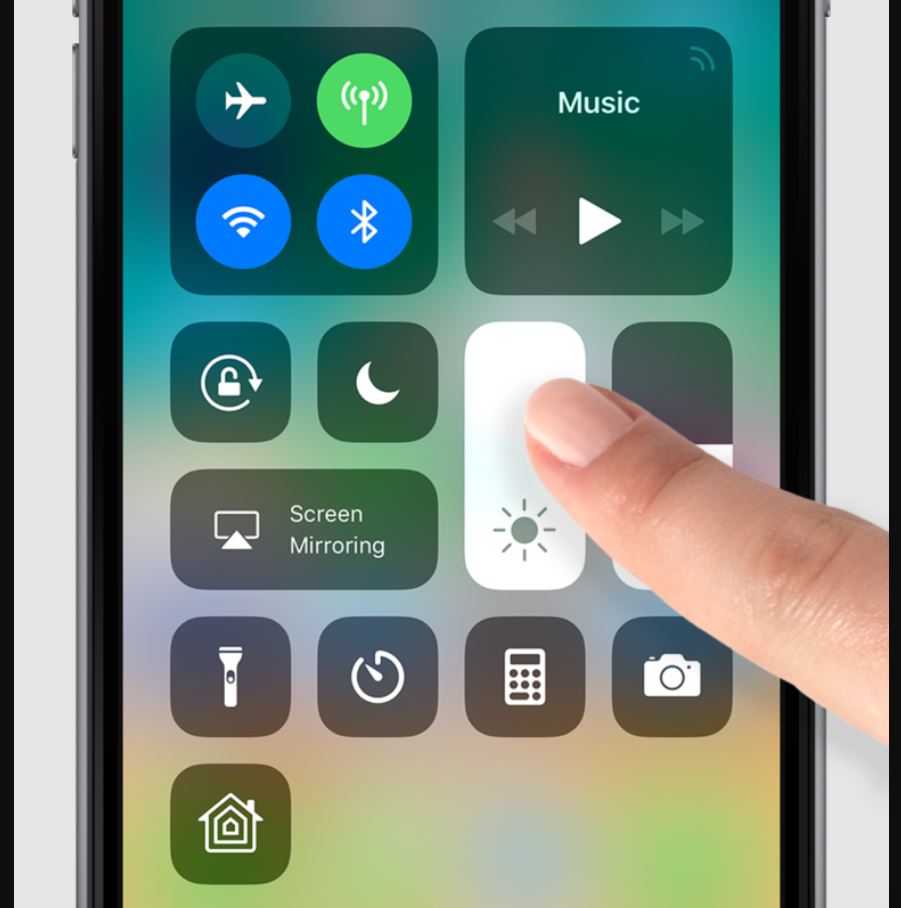Learn how to turn off the blue light on your iPhone with this 2025 guide. Protect your sleep, reduce eye strain, and optimize your device settings for better health.
Do you find it hard to sleep after using your iPhone at night? The culprit might be the blue light emitted from your screen. While blue light from natural sources like the sun helps regulate your body’s clock, excessive exposure from screens can suppress melatonin production, disrupt sleep, and cause eye strain. In this guide, we’ll show you how to disable the blue light on your iPhone using built-in settings and additional tweaks.
Table of Contents
Why Turn Off Blue Light on Your iPhone?
Blue light tricks your brain into thinking it’s daytime, making it harder to wind down at night. Over time, exposure can lead to:
- Poor sleep quality
- Eye strain and fatigue
- Long-term retinal damage (from prolonged exposure)
Thankfully, your iPhone has tools to minimize these effects. Let’s dive in!
5 Ways to Reduce Blue Light on Your iPhone
1. Enable Night Shift for Warmer Tones
Night Shift is Apple’s built-in blue light filter. It automatically adjusts your screen to warmer hues after sunset or on a schedule.
How to Set Up Night Shift:



- Go to Settings > Display & Brightness > Night Shift.
- Toggle Scheduled and choose Sunset to Sunrise or set custom hours.
- Adjust the Color Temperature slider for a warmer screen.
Activate Night Shift instantly via Control Center. Swipe down, long-press the brightness bar, and tap the moon icon.
2. Try a Red Color Filter (For Night Owls)
Red light has the least impact on melatonin. Create a custom red filter:
- Go to Settings > Accessibility > Display & Text Size > Color Filters.
- Toggle Color Filters On, choose Color Tint, and set the hue to red with max intensity.
- Add a shortcut via Accessibility Shortcut (triple-click your side button).
3. Use Grayscale Mode for Maximum Filtering
If Night Shift isn’t enough, grayscale mode removes all color, drastically reducing blue light.
Steps to Enable Grayscale:

- Open Settings > Accessibility > Display & Text Size.
- Tap Color Filters and toggle them On.
- Select Grayscale.
For advanced customization, explore Apple’s Accessibility features.
4. Lower Screen Brightness Manually
A quick fix for reducing blue light is dimming your screen:

- Swipe into Control Center.
- Drag the Brightness slider down.
This might make your screen too dark for comfortable use. Pair it with Night Shift for better results.
5. Activate Dark Mode
Dark Mode isn’t just stylish—it reduces screen glare and complements blue light reduction.
How to Enable Dark Mode:

- Open Settings > Display & Brightness.
- Select Dark under Appearance.
Bonus Tips to Protect Your Eyes
- Wear Blue Light Glasses: Brands like EMR-TEK offer stylish options for day and night use.
- Limit Screen Time: Use iOS’s Screen Time feature to set app limits before bed.
- Try “Bedtime Mode”: Sync your iPhone with your sleep schedule to mute notifications and dim the screen.
Conclusion
Turning off blue light on your iPhone is a small change with big benefits—better sleep, healthier eyes, and improved focus. Experiment with these settings and find what works for you.
Ready to level up? Check out EMR-TEK’s blue light glasses for 24/7 protection, and explore their red light therapy devices for glowing skin!
you may also know – How to Sign Up for Starlink’s Beta Test for Free
FAQS
1. What is blue light, and why should I reduce it on my iPhone?
Blue light is a high-energy visible (HEV) light emitted by screens that can interfere with sleep patterns and cause eye strain. Reducing blue light exposure, especially at night, can improve sleep quality and reduce eye discomfort.
2. Are blue light blocking glasses necessary if I use Night Shift?
While Night Shift helps, blue light blocking glasses provide extra protection, especially if you use screens for extended periods.
3. Does lowering brightness reduce blue light?
Lowering brightness reduces overall screen intensity, but blue light is still present. Using Night Shift or a color filter is more effective.
4. Will reducing blue light improve my sleep?
Reducing blue light exposure before bed can help maintain melatonin levels, improving sleep quality and making it easier to fall asleep.

